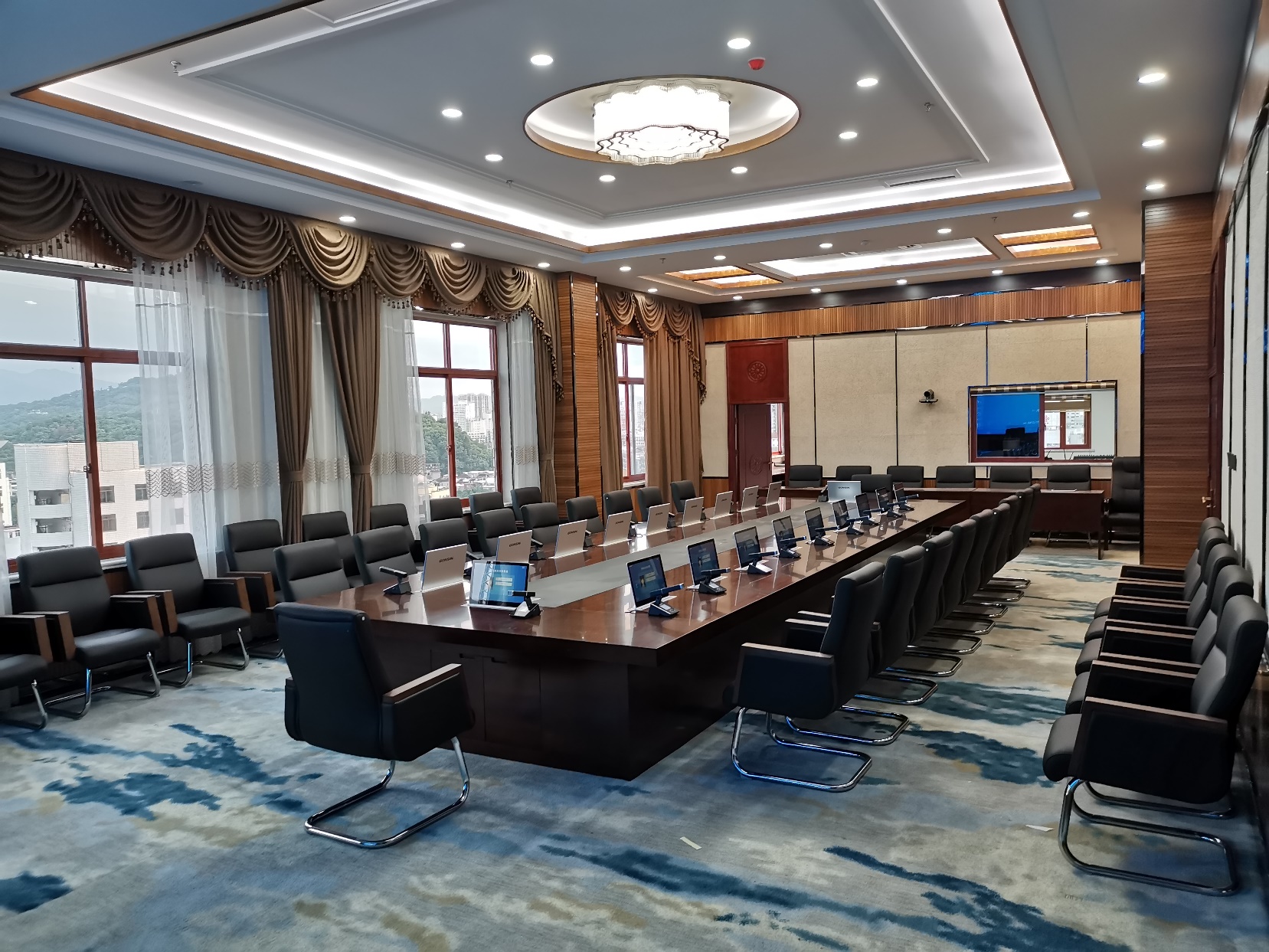Resources
Products
With the continuous development of technology, traditional wired conference systems can no longer meet the needs in some scenarios. Therefore,wireless conference systems have emerged. Among these, the transmission technology of simultaneous interpretation and discussion systems is particularly important. Let's delve into these key technologies within the wireless conference system.

Wireless Simultaneous Interpretation System mainly adopts three modes: low-frequency transmission, infrared transmission, and ultra-high frequency transmission.
Low-frequency transmission interpretation system: This system uses electromagnetic induction for interpretation, generating a strong audio electromagnetic field through a loop circuit. Listeners use special earphones to listen. Although this system is simple and low-cost, it has poor sound quality and stability, and its confidentiality is inadequate. However, its advantages are highlighted in certain special occasions, such as museums or large exhibition centers.
Infrared transmission interpretation system: The infrared transmission system transmits data through infrared rays, which have good confidentiality and anti-interference capabilities. In recent years, higher frequency infrared technology has become mainstream to counter the interference from high-frequency sources like energy-saving lamps and to enhance sound quality.
Ultra-high frequency transmission interpretation system: This is a digitally based simultaneous interpretation system developed in recent years, using advanced encrypted transmission technology, providing reliable anti-eavesdropping features. Compared to other systems, it has a wider reception range and better anti-interference abilities, making it suitable for more conference environments.
Wireless conference discussion system includes systems that combine wired and wireless transmission, U-band wireless systems, G-band wireless systems, and infrared systems.
Systems combining wired and wireless transmission: This system retains some elements of wired transmission but primarily transmits data through wireless transmission. Although it is cost-effective and stable, it has poor confidentiality and has not been widely adopted.
U-band wireless system: It uses simple wireless transmission technology, is low-cost but only supports a free speech mode and lacks control functions, thus having limited application.
G-band wireless system: This system is more advanced, supporting multiple operating modes, voting functions, and simultaneous interpretation functions, making it suitable for larger-scale conferences.
Infrared system: Due to its two-way communication capability and simultaneous interpretation function, the infrared system is considered a new type of conference system with development potential. Although there are still some gaps compared to wired systems, its performance is continuously improving with technological advancements.
In summary,wireless conference systems exhibit diversity and complexity in different transmission technologies and system designs. Selecting the appropriate system depends on the size of the conference, the environment, and the requirements for security and stability.
Gonsin is here to offer you the customized solutions for conference audio and video system.